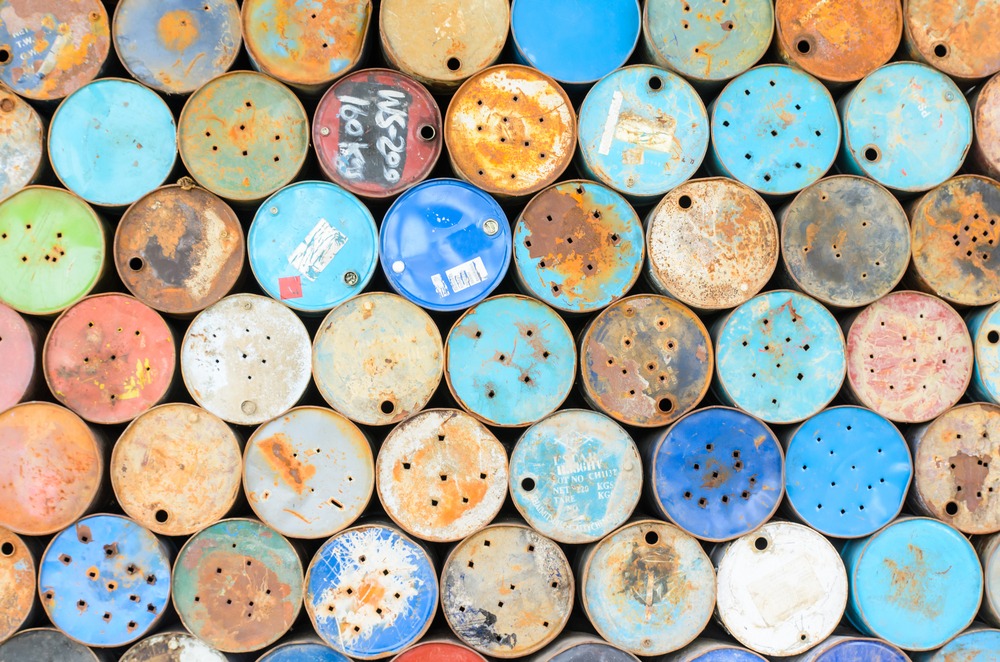BLOG
Final Federal Hazardous Waste Generator Improvements Rule Becomes Effective
- #Conditionally Exempt Small Quantity Generator
- #hazardous waste
- #Resource Conservation and Recovery Act
- #Very Small Quantity Generator

On November 28, 2016 the U.S. EPA finalized the Hazardous Waste Generator Improvements Rule. This rule makes multiple significant changes…
On November 28, 2016 the U.S. EPA finalized the Hazardous Waste Generator Improvements Rule. This rule makes multiple significant changes to the federal government’s Resource Conservation and Recovery Act (RCRA) regulations, particularly to 40 CFR 260, 261, and 262, which clarifies many confusing elements contained in the existing rules.
Importantly, the final rule renames the category “Conditionally Exempt Small Quantity Generator” (CESQG) to Very Small Quantity Generator (VSQG). Significantly, the final rule makes multiple organizational changes to the existing regulations. Definitions of Generator categories are being moved to a new section 260.10, explanation of Generator Category Determination is being moved to 260.13, the VSQG Exemption Provisions are being moved to 262.14 from 261(b), (f), and (g), Satellite Accumulation Area Provisions are being moved to section 262.15, SQG Provisions are being moved to section 262.16, and LQG Provisions are being moved to section 262.17. The updated definitional section in 260.10 and the updated Generator Category Determination section in 260.13, clarify that a generator can only be in one category for a calendar month and explain how to count the hazardous waste it generates (acute hazardous waste, non-acute hazardous waste, and residues from the cleanup of acute hazardous waste generated in a calendar month) to determine its regulatory category, and therefore, which set of regulations to comply with. These new changes also allow VSQGs or SQGs to have one episodic event per year, with an opportunity to petition for a second, and still maintain its existing generator category by not requiring the hazardous waste generated during the episodic event to be counted in monthly totals, as long as the notification, labeling, and waste management standards for tanks and containers where episodic waste is accumulated are met. This change can be found in the new section 262 subpart L. The new Determining Generator Category section also provides specific steps regarding how to calculate waste to determine generator category, as well as how mixing waste impacts generator status. The new section 262.15 clarifies the requirements of Satellite Accumulation Areas (SAAs). This new rule requires SQGs and LQGs to comply with special requirements for incompatible wastes, provides limited exceptions to keeping containers closed at all times in SAAs, clarifies what is meant by “three days” triggering compliance to “three consecutive calendar days,” provides that acute hazardous wastes that are liquids have a maximum volume of 1 quart and acute hazardous wastes that are solids have a maximum mass of 1 kg if stored in containers in SAAs, modifies language for when the maximum volume or weight is exceeded, and requires that the preparedness, prevention, and emergency response procedures of SQGs and LQGs (originally found in section 265 Subpart I) extend to any SAAs on site. Under the new section 262.11 the requirement that hazardous waste determinations must be made at the “point of waste generation” is also codified. Also, under the new 262.17(f) small quantity generators are permitted to have their hazardous waste transported to and stored (within the 90 day accumulation time period) at LQG facilities under the same ownership. The final rule became effective on May 30, 2017.Sources : U.S. EPA Finalizes Hazardous Waste Generator Improvements Rule, 81 FR 85732 (2016).